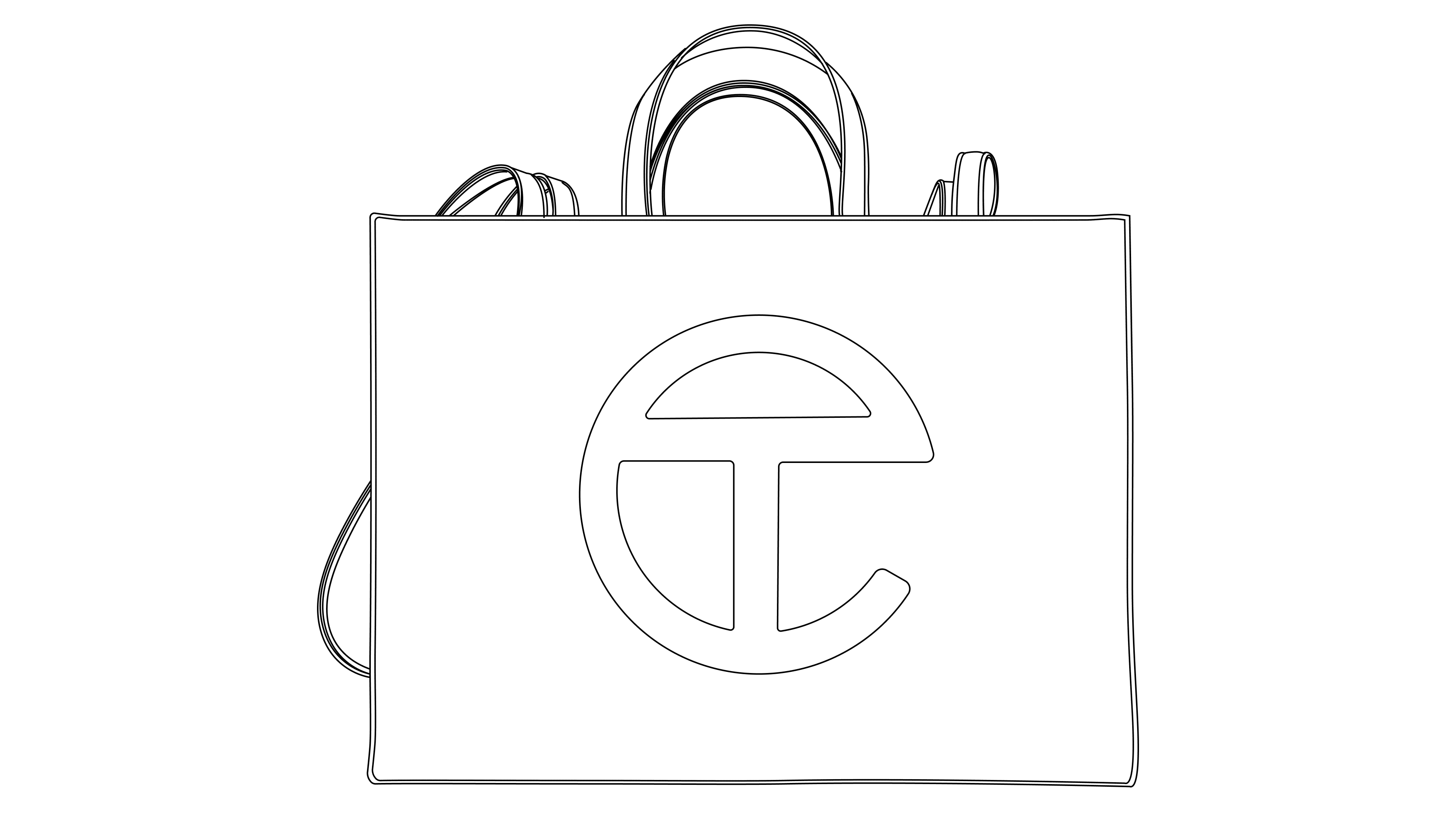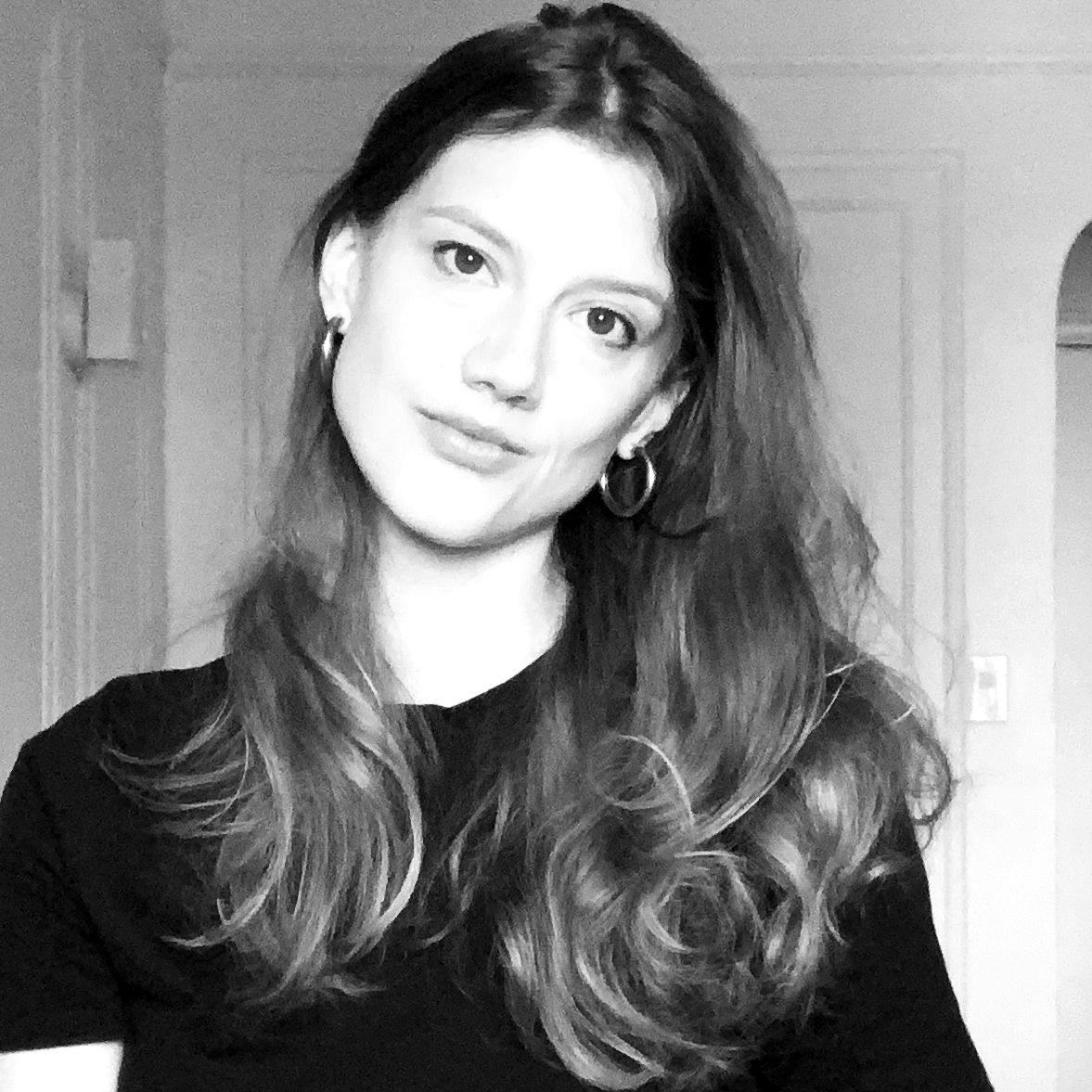In 2021, Guess came under social media scrutiny for selling what seemed to be a blatant knock off of the popular, and frequently sold out, Telfar Shopping Bag. Telfar’s founder and designer Telfar Clemens may well have had grounds to sue Guess for trademark infringement, and Guess was no stranger to such lawsuits; Gucci had done exactly that a decade early when it sought $221 million in damages against Guess over use of its famous “G” logo. But Clemens, aware both of the value of his bags and – perhaps more than can be said of most high-profile brands – of the Streisand effect, did nothing.
And he didn’t need to do anything. Facing mounting bad press, Signal Brands, which licenses the Guess bags, pulled the Telfar look-alikes off the shelves of its own accord. “Signal Brands does not wish to create any impediments to Telfar Global's success and, as such, has independently decided to stop selling the G-logo totes,” it said in a statement.
The decision speaks to the true appeal of Telfar’s vegan leather totes, which has nothing to do with pushy, large sums of money or strangulated access. It does not matter if there is a copycat version floating around, because Telfar shoppers are buying more than aesthetics or exclusivity: they are buying into a community. “Not for you – for everyone,” as Telfar’s slogan says loud and clear. Those aspects put the Telfar Shopping Bag into a league of its own as a modern collectible. As part of an ongoing series to examine what makes the popular products of our time modern collectibles, we break down how the Telfar Shopping Bag built a fashion lane all of its own.

SUBVERTS TRADITION#
Most modern collectibles subvert traditional models and institutions. This can take the form of products like sneakers earning a spot at an auction house or a hoodie making its way to a luxury runway.
“In my first ten years as a designer, I never got a single review,” Clemens told The Cut in 2018. “But we won the CFDA/Vogue Fashion Fund in 2017, and ever since then, Telfar is the poster boy for mission accomplished in inclusion.”
With that dynamic it could seem then, to some, that the Telfar label and its Shopping Bags had come out of “nowhere” when the fashion-powers-at-be began to take notice. But Clemens first launched his namesake brand in 2005 and the Shopping Bag in 2014. The bags were inspired by an item the masses could already get their hands on: Bloomingdale’s small, medium and large brown paper shopping bags.
Telfar’s profile certainly began to rise from 2018 onwards; Clemens’ CFDA win was followed by features in the likes of the New York Times and a showing at Pitti Uomo in Florence, at a time when the fashion industry was coming under fire for its lack of support of Black designers. But the Telfar brand had already found success on its own terms, without institutional support, and Clemens rejected the idea that his brand represented fashion’s new “inclusive” ideals. When his Gap collaboration was, perhaps unceremoniously, discarded following the announcement of the retailer’s partnership with Yeezy in 2020, Clemens did not make a fuss. Why should he? His bags were selling faster than they could make them. The industry needed Telfar more than Telfar needed the industry.
POPULAR CULTURE VALUE#
Modern collectibles have high popular culture value – this can include newcomer brands but also long standing-legacy luxury brands. This takes the form of products that are at the intersection of fashion, art, and music.
When Telfar snagged a feature in InStyle magazine to promote the brand’s Ugg collaboration, Clemens invited members of a veritable TV institution to model his wares: the stars of The Real Housewives of Potomac. The playful shoot was not just a nod to Clemens’ Maryland roots but also speaks to the way in which Telfar’s reach goes far beyond fashion. As Clemens noted in the accompanying interview, a lack of institutional support in fashion meant he had to look outside of traditional fashion weeks to show his clothes, turning Telfar into a “cultural brand” more than a fashion label.
Telfar’s choices in collaboration speak to that appeal as well; in addition to working with fashion brands like Ugg, Telfar has outfitted the Liberian athletes for the Tokyo Olympics opening ceremony and released a collaboration with fast food chain White Castle. His bags too have appeared on HBO’s Insecure, which has made a point to outfit its characters in Black designers; an episode in season five even acted as an unofficial reveal for a never-before-seen bag color. Telfar’s customers are savvy pop culture consumers after all, as shown in their use of internet jokes and slang in discussing the brand.
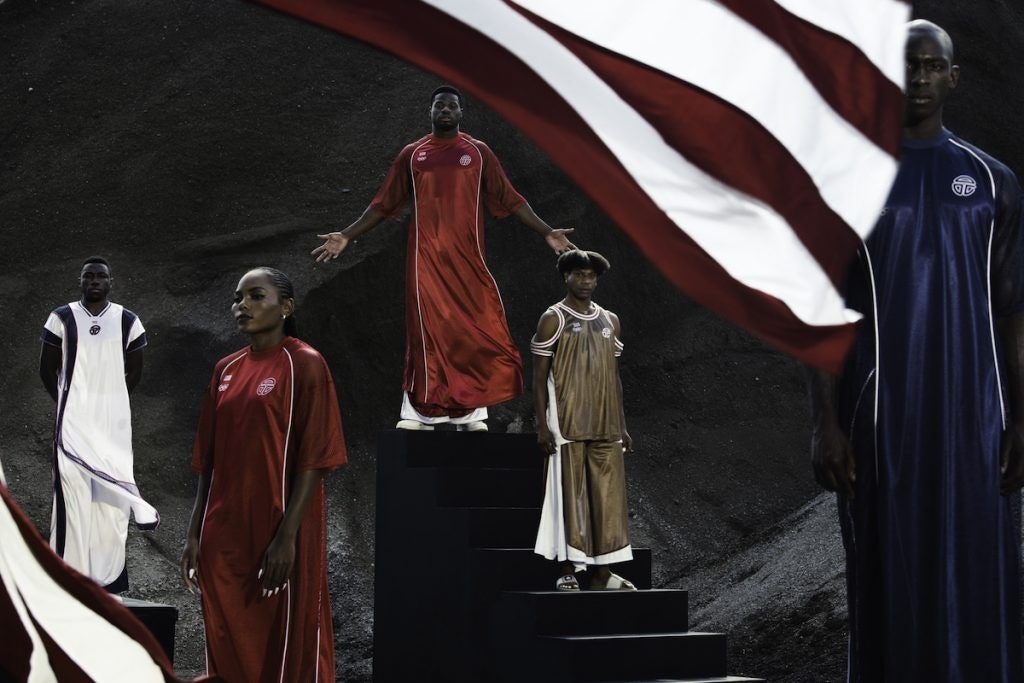
Telfar is far more than the Shopping Bag, but with its simple but prominent logo and instantly recognizable silhouette, the bag has become emblematic of the brand as a whole, and continues to introduce many to Telfar as a whole – it may not come as a surprise to some that the Olympic gig came about when sprinter Emmanuel Matadi saw his girlfriend’s obsession with the Telfar bags and learned of Clemens’ Liberian heritage.
MASS APPEAL#
Modern collectibles must have mass appeal – this means appeal to new audiences. Whereas traditional luxury and traditional art spaces were closed off from mast audiences – aside from spectatorship – modern collectibles are dependent on the approval of public opinion through channels like social media.
The “Bushwick Birkin,” as Telfar’s Shopping Bag has been playfully known, hints at the democratic nature of the bag: it’s appealing and accessible to a young, stylish, not-so-moneyed crowd. The item’s appeal goes far beyond 20-somethings in Brooklyn though, as by 2021 the bags had made their way to Oprah’s Favorite Things, a segment on Wendy Williams’ talk show, and features on outlets from Today to the Wall Street Journal.
But the bag also appeals to an audience often dismissed in mainstream spaces: people of color, queer folks, shoppers who cannot afford a $1,000 bag. The starting price for the bag, $150 for a mini, is not nothing, but it is far more accessible than perhaps any other bag with Telfar’s cache. And its design was conceived of as a unisex product, long before mainstream brands embraced “gender-neutral” or “gender-fluid” designs. Since launching the bag, Telfar has never relied upon traditional marketing. The bag’s popularity has instead grown through word of mouth and social media. While the bag has more recently appeared on the arms of celebrities, Telfar continues to celebrate the fans who made the bag what it is, reposting images from the many customers who share images of their bags on Instagram or TikTok.
HIGH DEMAND#
Modern collectibles are products that due to factors like popular culture and hype are of high demand the moment they release. Many of these products follow a drop model which was popularized by streetwear mainstays like Supreme.
As has been immortalized in the likes of Sex and the City, the famed Hermès Birkin comes not just with a high price tag, but a waiting list (which only those with certain “status,” like say Lucy Liu, can skirt past). Such a system asks, would the bag still be available if anyone could have one? How much does any item lose its value if “too many” people are also wearing it?
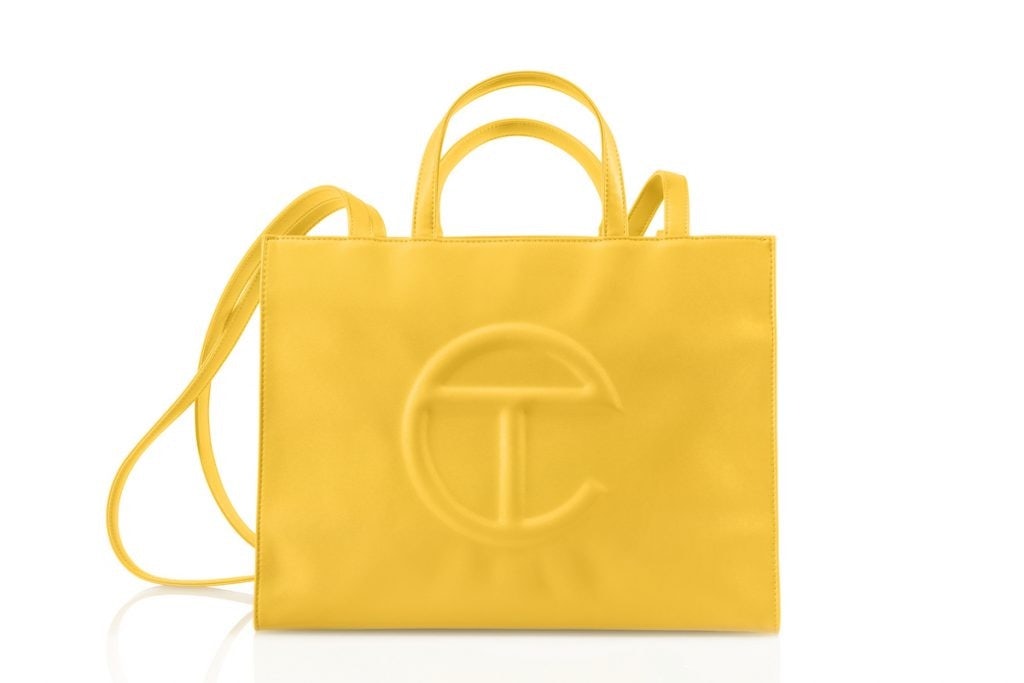
For Telfar the answer is none. That the bag is so ubiquitous does not diminish its appeal. Going into 2020, it was clear demand was outstripping supply as new bag colors regularly sold out minutes within dropping online. Rather than revel in the bags’ scarcity, Telfar changed the model altogether and launched the Bag Security Program: for 24 hours, any customer could purchase a bag in any color or size, with the bags then made to order and shipped out in the following months. But the launch of the BSP has not diminished the hype around new drops; Telfar continues to release the bag in anticipated new colors like 2022’s “Margarine” and "Corned Beef" and the bags continue to sell out immediately. And those who missed them the first time will just have to wait until the next BSP to snag their own.
RESALE VALUE#
Modern collectibles earn their value from cultural capital, mass appeal, and attracting instant demand. This results in products like sneakers, hoodies, and toys fetching instant resale value. These products find a home on sites like StockX and Grailed but have also made their way to auction houses like Sotheby’s and Christie’s.
Certainly, brands don’t reap the profits of a high resale value on their grailed items on StockX and other secondary markets. But exorbitant resale prices still give brands a certain halo effect, in essence a clear indication their items have been a success.
Telfar has a different relationship to resale. Sure, the bags do appear on resale sites like Grailed and StockX, where they may climb to double their retail price. But Telfar’s platform has attempted to ensure bags go to those who really want them, not just those who want to resell them, through the Bag Security Program as well as through the introduction of a Captcha system to fend off bots. Likely Telfar could have kept drops limited, kept certain colors to one-time releases only, and watched the resale value climb up and up. But that would go against the nature of the bags, which are a testament to the value of a dedicated community whose numbers are only growing.
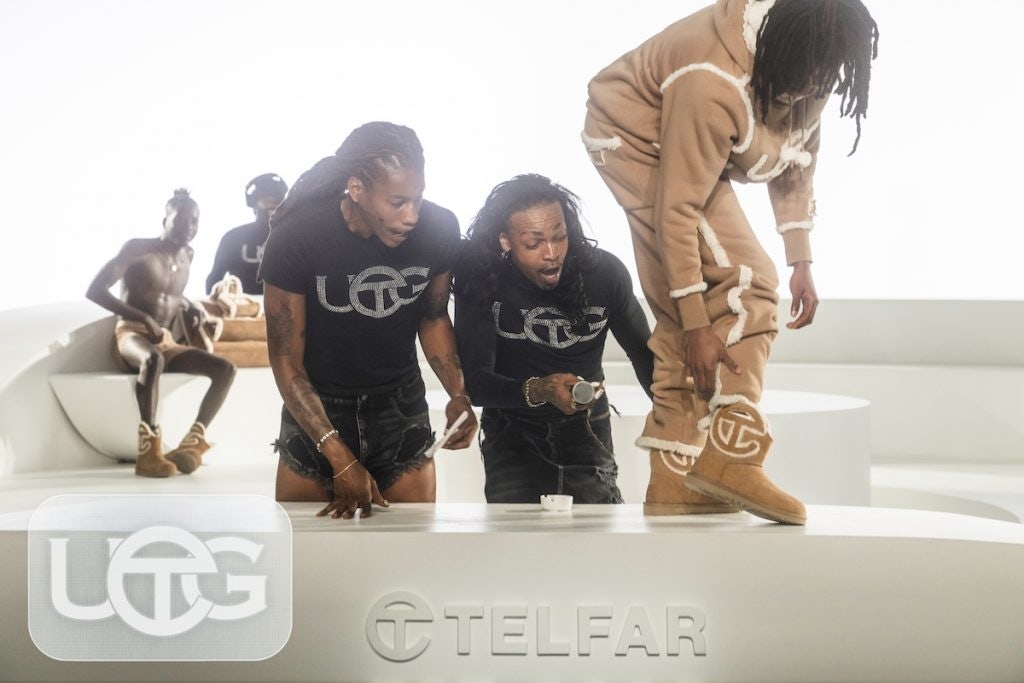
NON-TRADITIONAL COLLECTIBLE#
Modern collectibles include products like sneakers, handbags, streetwear, and toys.
Handbags have always held a certain cultural appeal, but the bags that have ascended to collector status have often done so through high-end materials or unique editions, think Kim Kardashian’s George Condo Birkin bag or Judith Leiber’s once ubiquitous Swarovski crystal-encrusted minaudieres.
Telfar’s Shopping Bags don’t boast any high-end materials or embellishments, just vegan leather (a material once known by the less than appealing name of “pleather”) in a multitude of appealing colors. Everyone has their color and size preference but there is no “special” Telfar bag that only celebrities are able to snag.
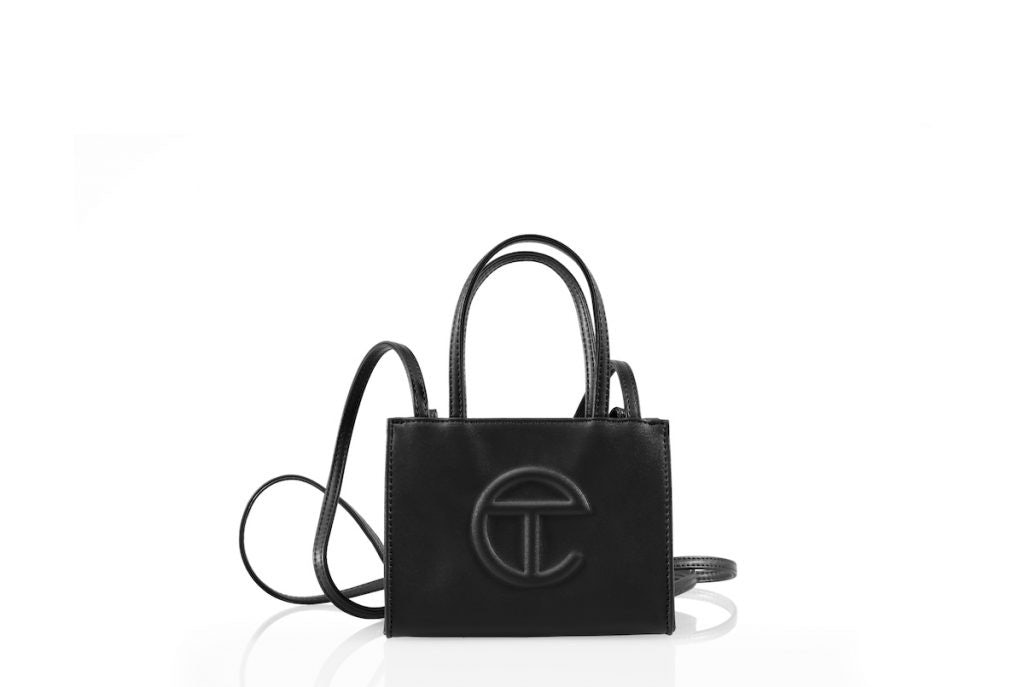
TIMELESS#
Modern collectibles do not build value over time but instead create almost instant value.
Even while the Shopping Bag exploded onto a massive stage years after their release, the bags are not a trend. Their popularity does not rest on a certain moment or certain release, to those who appreciate the style, they have always held value. The fashion institutional approval of Telfar could wane over time, but it wouldn’t matter; the bags build their value all on their own.
